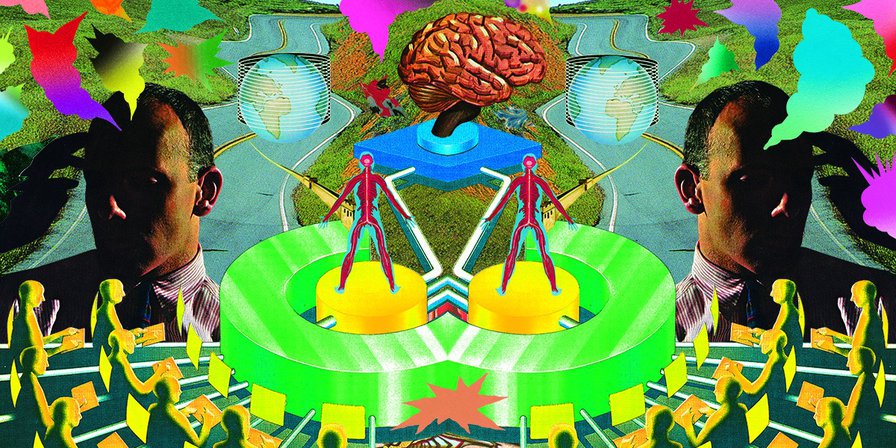The Psychology of Belief

my notes ( ? )
so-called sacred values are so difficult to change... surrounded by a complex network of mental safeguards... When your most deeply held beliefs are challenged, basic brain systems, those responsible for protecting us, kick into high gear... like the amygdala, which tells you when to be afraid, and the insula,,, processes visceral feelings from the gut...
what determines the strength of our convictions ... our emotions. When you establish your beliefs, if they include emotional tags, the brain saves that information differently so it’s more accessible and impactful... So much of our identity is social, and so many of our social connections are founded on shared beliefs... most people find it simpler to maintain both their established beliefs and their social circle than to consider a drastic value shift... Our primary self-defense tactic is to remove the threat and avoid anything that might challenge our worldview... exacerbated by our reliance on social media.
Read the Full Post
The above notes were curated from the full post medium.com/s/reasonable-doubt/the-psychology-of-belief-d1e1f22d8761.Related reading
More Stuff I Like
More Stuff tagged psychology , social media , identity
See also: Social Media Strategy , Content Creation & Marketing , Psychology , Social Web , Politics